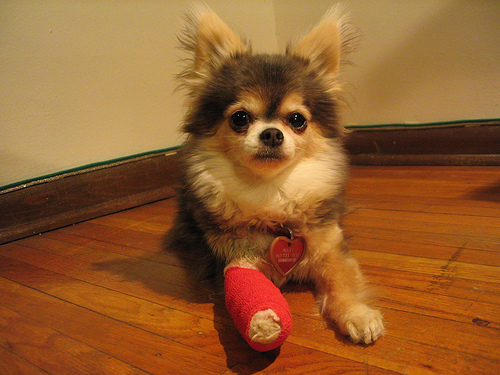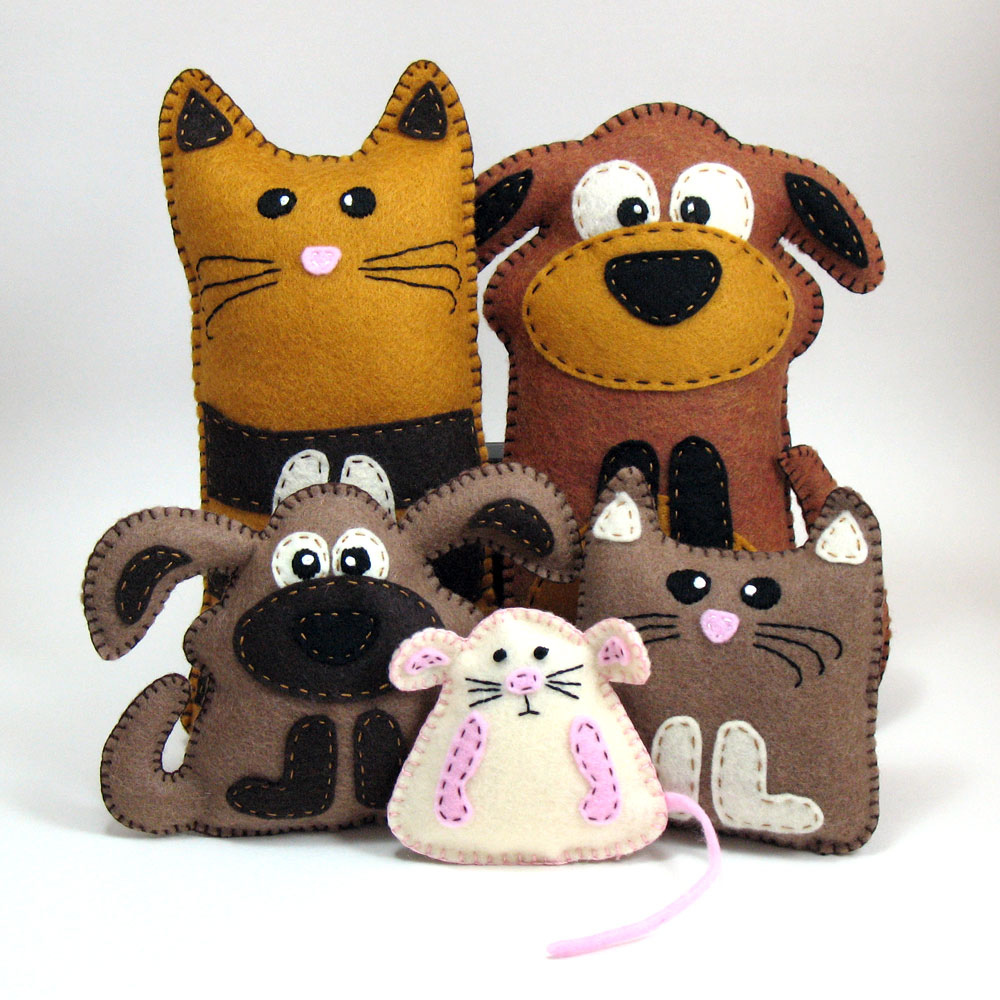
Your injured pet should be moved as gently as possible. Try to get help to support the pet. Spread a blanket and supporting the head, back and pelvis, transfer the pet. If you can’t get help, gently move the pet to the blanket one part at a time. With help you can move the pet to the car. Check breathing. Check pulse. If you don’t feel anything, you can give artificial respiration by pushing with both hands on the rib area and releasing, repeated every 5 seconds. Massage the heart by squeezing the left side of the chest behind the elbow, one squeeze per second. If shock is suspected, place the pet in a warm, quiet area and cover with another blanket. If you have a hot water bottle, place it next to the pet. Call the vet or animal emergency immediately while transporting the injured pet.



